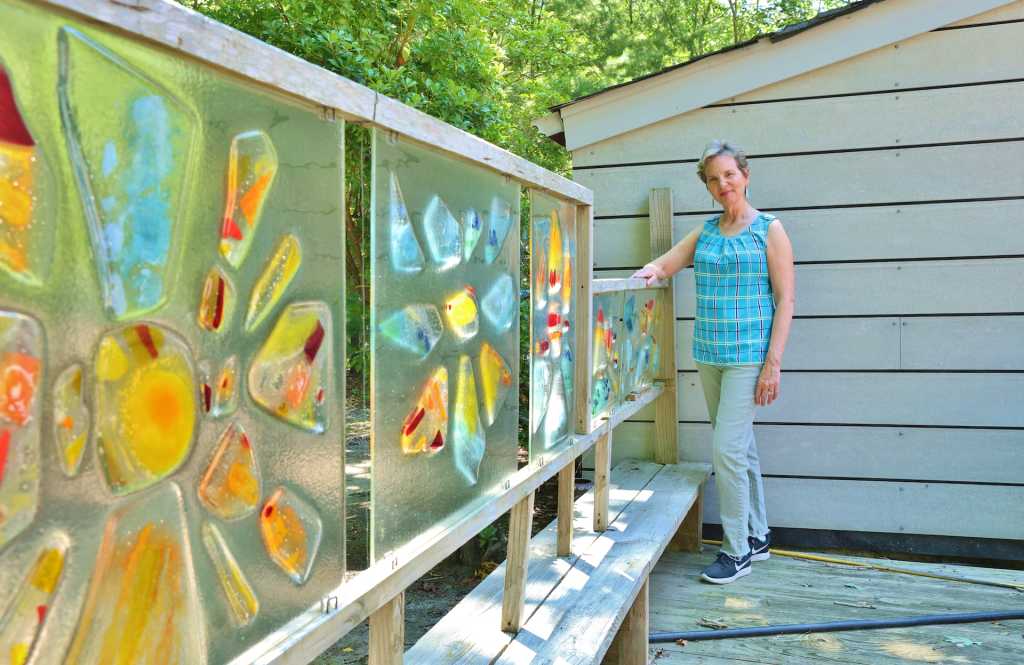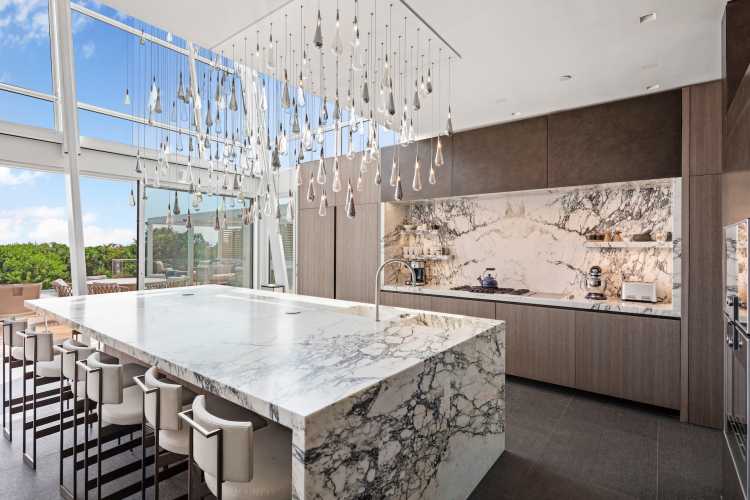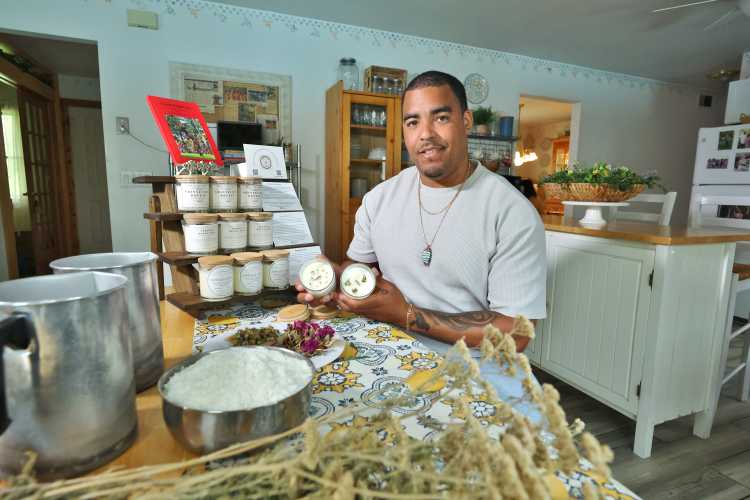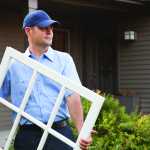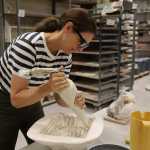Like countless craftspeople who came before her, Isabella Rupp works with glass and fire, manipulating the focused intensity of the blowtorch and the searing heat of the kiln to bring her visions to life. But the Southampton artist’s specific creative milieu is still relatively new.
The first examples of stained glass windows date back to the cathedrals and monasteries of 7th century England. And early glass blowers began practicing their craft in the Middle East centuries earlier, around the dawn of the Common Era. By contrast, Rupp’s chosen art form didn’t even exist in its current incarnation until the latter part of the 20th century, when three self-described “hippie glassblowers” founded a company called Bullseye Glass in Portland, Oregon in 1974.
Ultimately, the partners – who were not only hippies but also recent art school graduates – came to invent “fusible glass,” a technical leap forward that brought about a creative revolution in the way artisans used glass to express themselves.
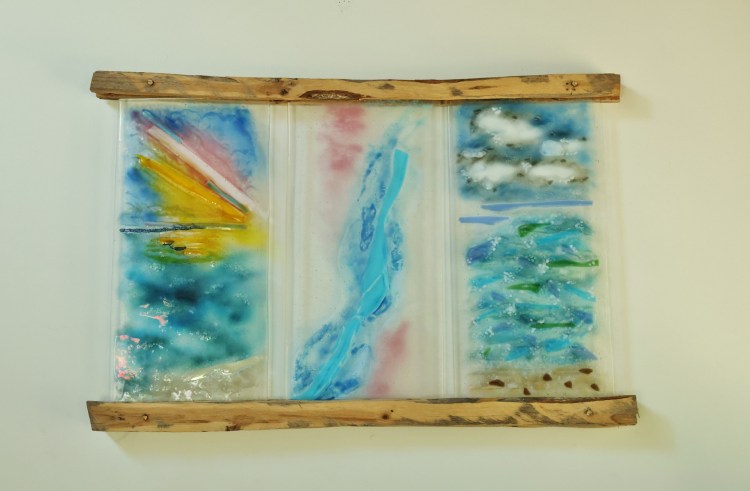
For centuries, different pieces of colored glass could not be baked together in a kiln on the same sheet because they would crack and shatter as the kiln cooled down from peak temperatures that could reach as much as 1,500 degrees. Before fusible glass was invented, lead lines were necessary to hold the different pieces together in a frame. Designed specifically for kiln-firing, fusible glass enabled a painting to be created solely with glass, with no lead lines – and in the process gave birth to an exciting new medium for artists like Rupp.
“I paint with glass,” she says. “The flame is like paintbrushes. It can be a very thin point or it can be a very wide brush depending on what I’m making. I started out making objects and then I wanted to move the work in a direction that was more fluid. That’s when I started learning kilns.”
Rupp uses different types of what is broadly known as “factory glass” – in essence sheets of glass that are crushed into a sand-like powder with varying degrees of coarseness. One of her go-to materials is Frit glass, which is finely ground glass that can be infused with inks of many different colors.
Though she has been working with glass in various forms for 25 years, it wasn’t until three years ago that Rupp made the monumental decision to leave her career as a television writer, producer and technical director to pursue art as an everyday vocation.
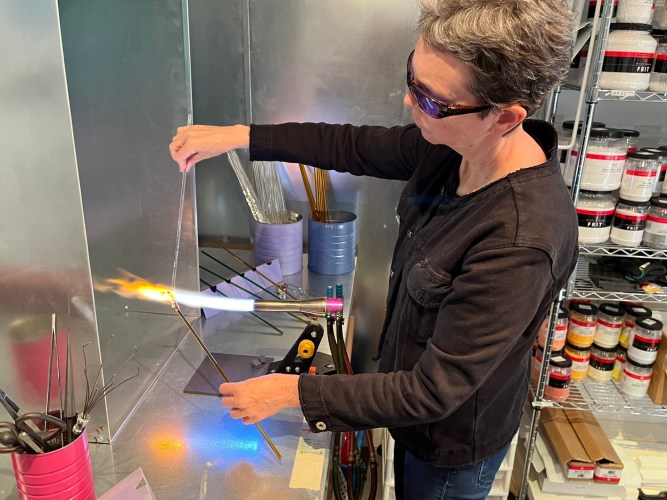
Over a three-decade career, Rupp worked on multiple TV shows, including stints at ABC, CNBC and MTV during its heyday. She also spent several years working on domestic goddess Martha Stewart’s highly-rated show.
While she was working for Martha Stewart, Rupp was offered a position as a technical director and crew chief for tabloid mainstays Jerry Springer, Maury Povich and Steve Wilkos. After some soul searching, she accepted the position. She ended up staying for a nine-year run. The tabloid show gig would turn out to be Rupp’s last full-time job in television.
Before she left her day job, Rupp says that the transition back and forth from tabloid TV to part time glassmaking felt jarring at times. But she was able to find ways to immerse herself in her art for extended periods: during vacations, for example, or while her shows were on hiatus for the summer. Immersive experiences such as month-long intensives at the renowned Pilchuck Glass School in Washington State gave her a sense of what a life dedicated full-time to glassmaking might feel like.
Intensive study periods at the Pilchuck School, which was founded by Dale Chihuly, arguably the world’s most famous glass artist, were a vital part of Rupp’s development. It was at the school where she says she “got a taste for how consistent time can move my work in a direction that interrupted time can’t.”
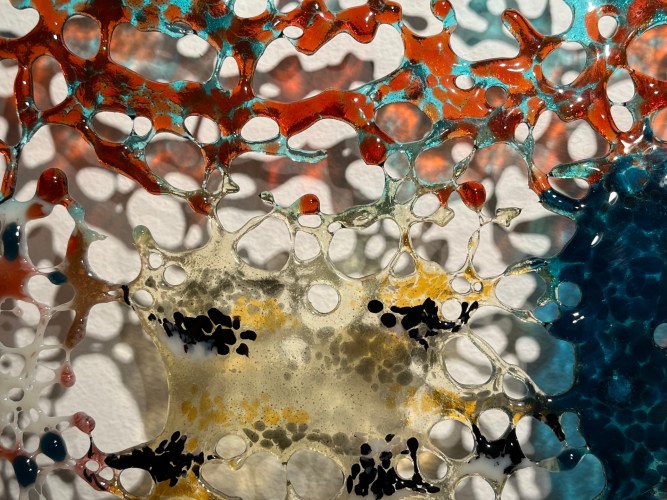
Part of Rupp’s impetus to pursue her passion on a full-time basis came when she got an offer from another giant in her field. She was invited to join an elite critique group founded by the legendary (and spectacularly named) Narcissus Quagliata, an early pioneer and leading figure in the world of fusible glass.
“OK, Isabella, you have wanted to do this for so long,” Rupp told herself. “Narcissus is 81 years old. You have this once-in-a-lifetime opportunity. So I took a leap of faith.”
Rupp’s notion of what a leap of faith might mean to her probably differs a bit from the conventional Western definition. A practicing Buddhist, she says that Buddhism is central to everything she does and everything she creates.
“Does Buddhism inform my art?” she asks. “Yeah, it informs everything. It’s my language; it’s my heart… it’s a practice: like art, like playing a guitar, like running a marathon. Calming and quieting the mind isn’t an easy thing to do. It takes practice every day.”
Rupp meditates every morning, often swims in a neighbor’s pool, then usually finds her way to her home studio in North Sea at around noon, where she spends the balance of the day, and often, a good chunk of the evening working on her art.
“I want to bring my peaceful mind into the studio because I want that peace to translate into my work,” she explains. “And I want my work to emanate that peace to others. Energy to me is quite real, so I’m conscious of wanting to be a peaceful vessel for this energy to move through and hopefully translate into the glass.”

Currently, Rupp is working on a series of pieces directly informed by her Buddhist practice. “In Buddhism, there are beautiful teachings around signs that we’re all going to experience when we die,” she explains. “There are eight of them. We see them every night when we go to sleep, but we don’t remember them.”
She gestures to a striking pizza-slice-shaped slab with a deep red background partly bisected by lighter shades with dark flecks cutting into its center. This particular piece is meant to evoke the “Red Increase” sign in Buddhism, which Rupp describes as a state where, “your internal body is shut down, you’re not breathing, but you’re still alive and seeing predominantly red.”
Ultimately, the series will consist of at least eight separate works meant to be displayed together. Rupp envisions the finished pieces either mounted on a wall, or possibly suspended from a ceiling hanging in a circle representing the unending circle of birth, life, death and rebirth that is central to Buddhist philosophy.
“Glass is a seeming contradiction, enduring yet delicate,” Rupp writes in her artist’s statement. “It can live outside in all weather conditions, yet it can shatter into pieces if dropped or not properly annealed. This impermanent medium can change instantaneously, just like each of us… glass making awakens me to the truth that life is precious and that all we have is this moment in time.”
Informed by Buddhism, reflected in glass and nurtured by the always-searching soul of the artist, Isabella Rupp’s journey through time continues.
Check out more photos below.
This article appeared in the July 19, 2024, edition of Behind The Hedges magazine. Read the full digital edition here. For previous Master Craftsman articles, click here.
Email tvecsey@danspapers.com with further comments, questions or tips. Follow Behind The Hedges on Instagram and X.
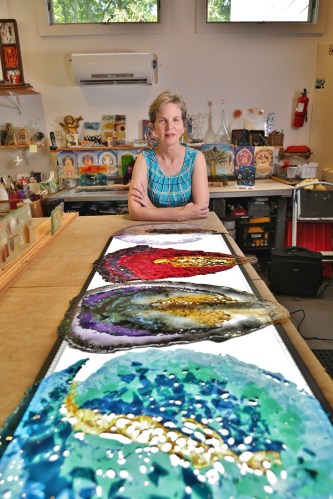
hang from the wall.Bob Giglione
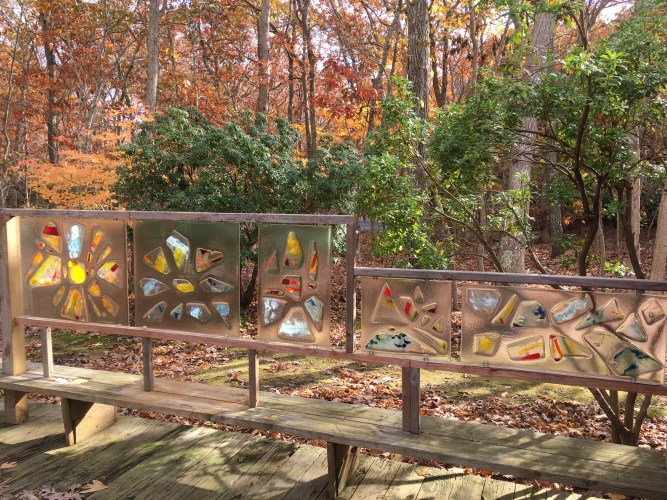
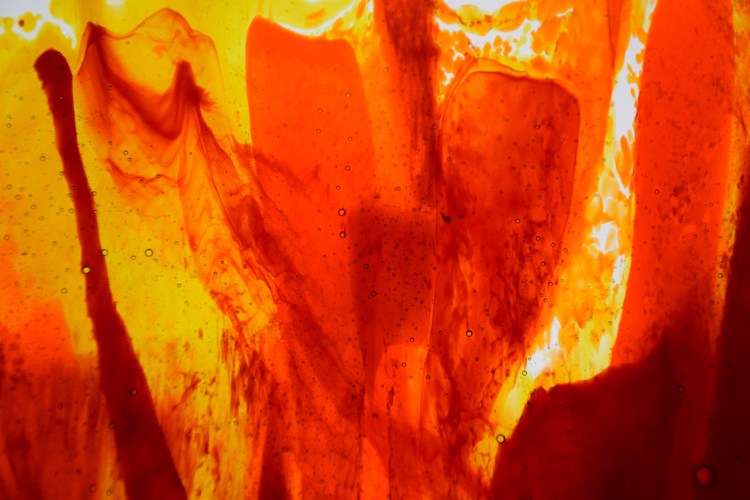
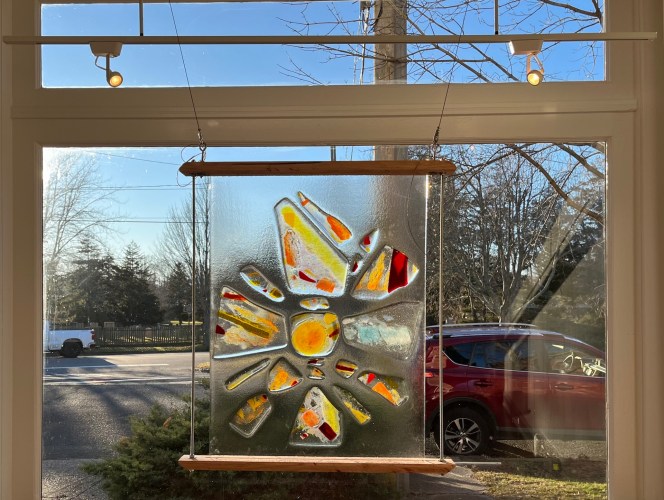


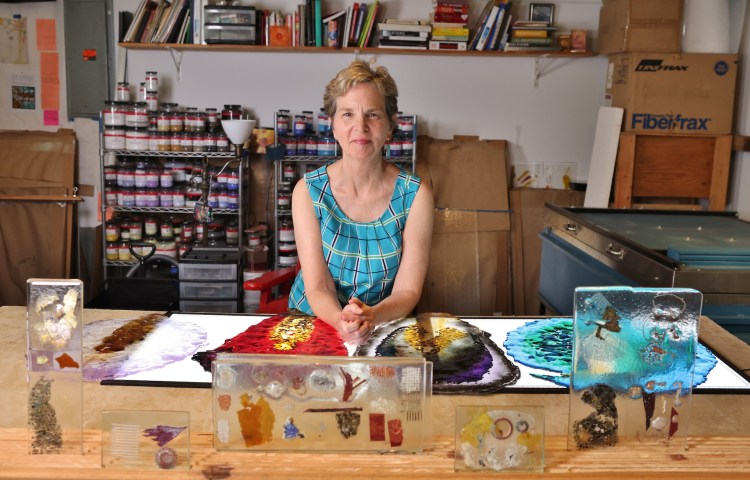
Sea studio in Southampton.Bob Giglione

